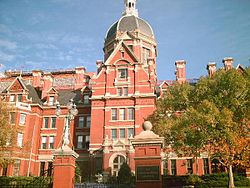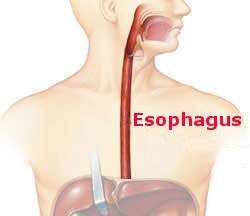As discussed in my previous blog, chest operations became feasible in the 20th century once the abilities to induce a state of general anesthesia and to use positive pressure endotracheal ventilation of the lungs were in place. In the USA these procedures were performed by General Surgeons. In fact, that was the only kind of surgeon in existence at that time. As the century progressed it became clear that the safe practice of Thoracic Surgery demanded further training, after and in addition to General Surgery training, in operative techniques and patient care. In response to this need the American Board of Thoracic Surgery (ABTS) was founded in 1948 and assumed responsibility for establishing the requirements for training in and practicing chest surgery.
At that time most thoracic operations were still for various types of infection, particularly tuberculosis, although procedures for lung cancer and esophageal cancer were in evolution (I will review these subjects in later blogs.) In the 1970s and continuing into the 1990s coronary artery bypass operations proliferated and became the procedure most frequently performed by thoracic surgeons. This precipitated a nomenclature conundrum as many thoracic surgeons began to call themselves Cardiac Surgeons or Cardiothoracic Surgeons. The correct terminology is as follows. The correct designation for surgeons who have been accredited by the ABTS is Thoracic Surgeons. Within this surgical specialty there are two subspecialties, Cardiac Surgery and General Thoracic Surgery. Cardiac surgeons operate on the heart and the aorta, the blood vessel which receives the blood pumped out by the heart to supply oxygen to the body. General thoracic surgeons operate on the other chest organs, most frequently the lung or esophagus. Some Thoracic Surgeons perform in the arena of both subspecialties but the trend is to focus on one of them. The principle of Moore’s law explains this. The exponentially rapid improvements in surgical technology and of the understanding of the biology of disease mean it is increasingly difficult to master both fields. Both what we should do for patients and how we should do it are in constant flux. A narrower focus is better for surgeons and their patients.
My career was as a General Thoracic Surgeon and my next blogs will concern themselves with the history of the pioneering surgeons in this field who were interesting and idiosyncratic to say the least. This is not a “dry” history but includes the personalities of the surgeons as well as identifying their achievements in the face of cultures and times that were frequently obstructionists. This process will lead us to today and discussions of the current role and activities of General Thoracic Surgeons in the treatment of such diseases as lung cancer, esophageal cancer and others.



